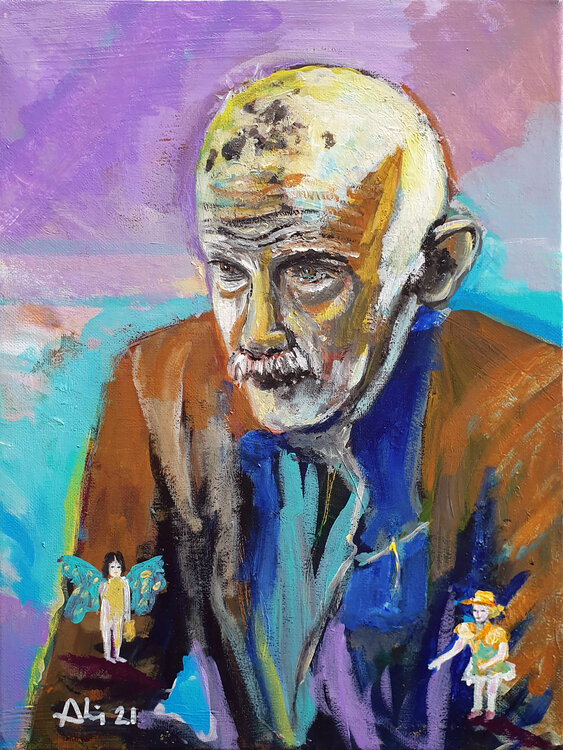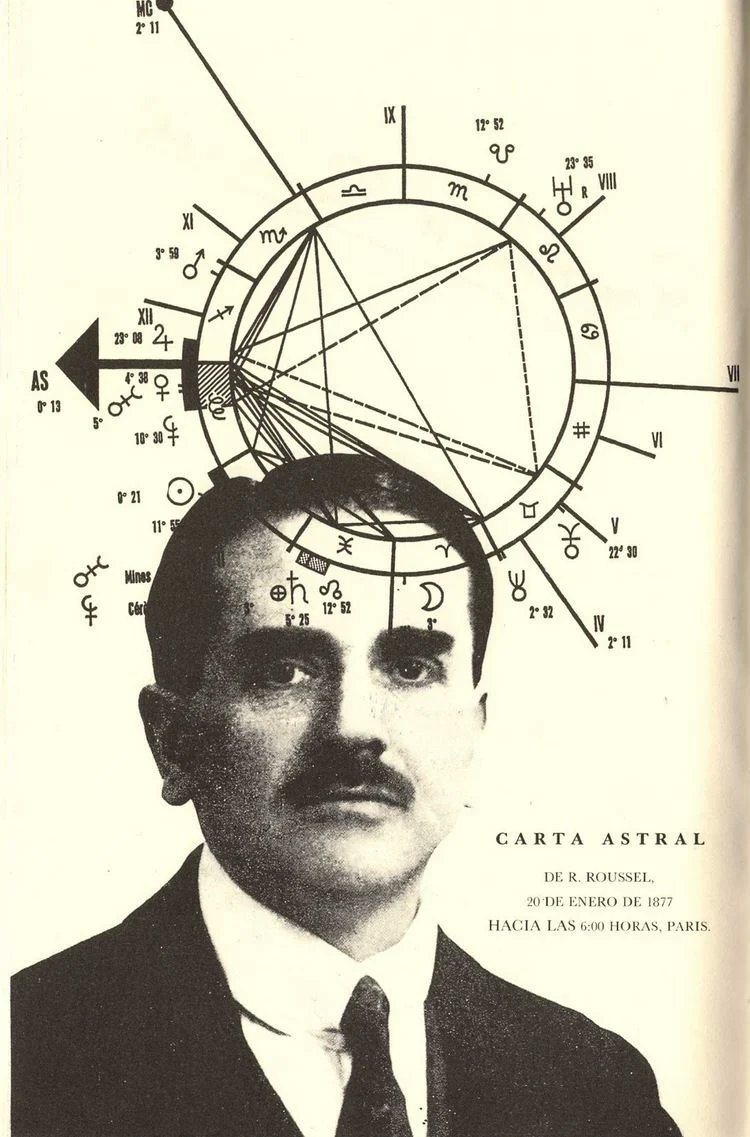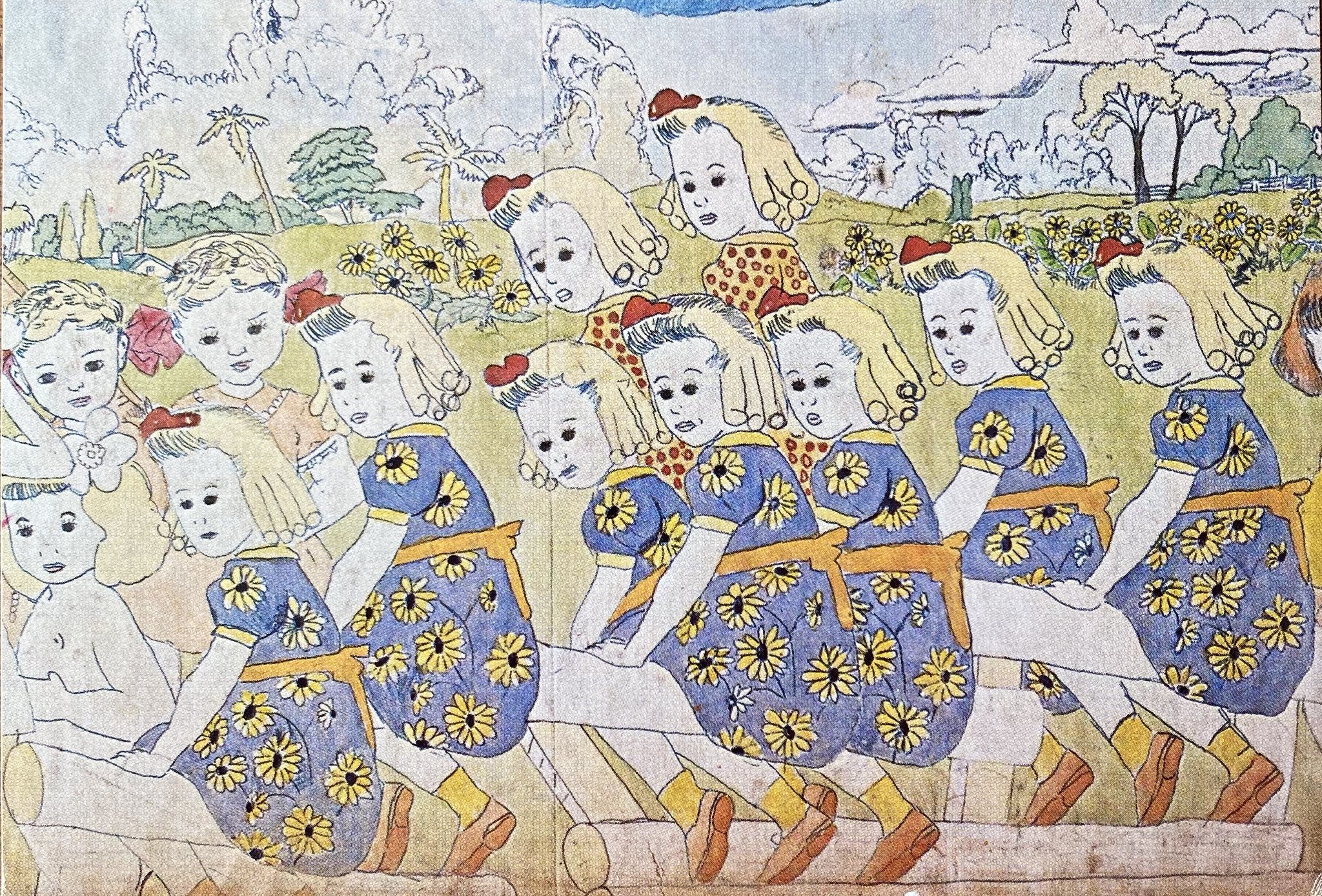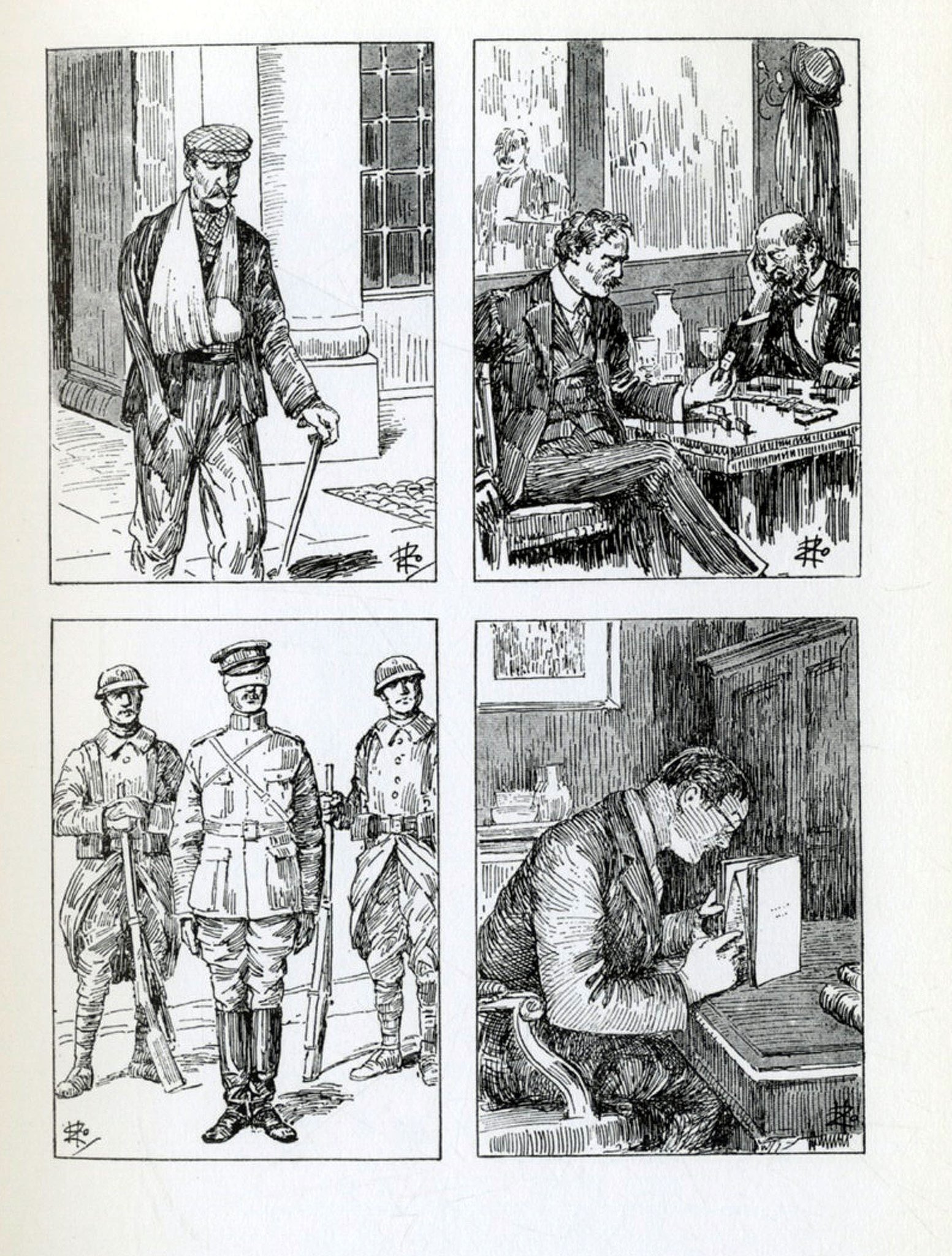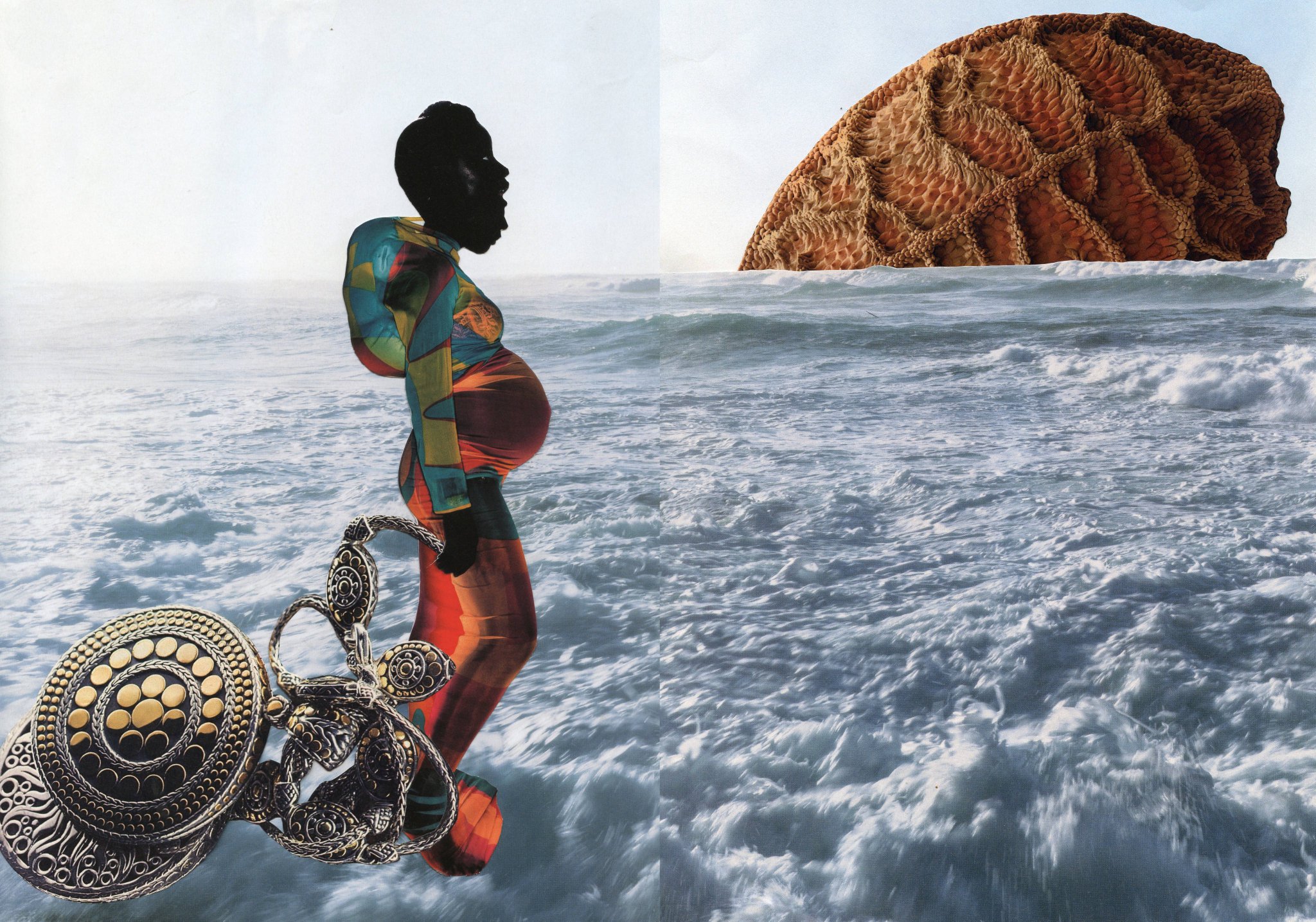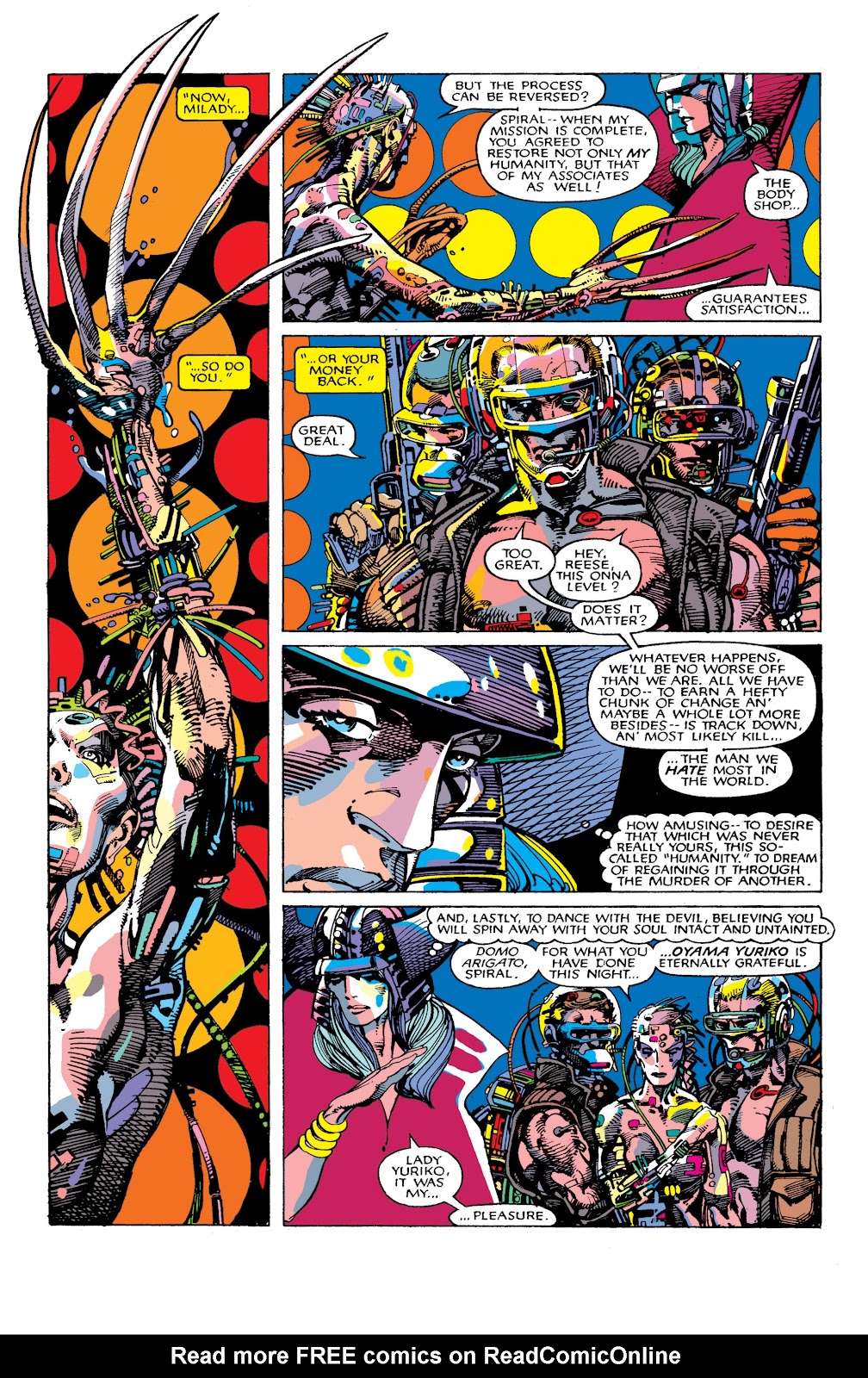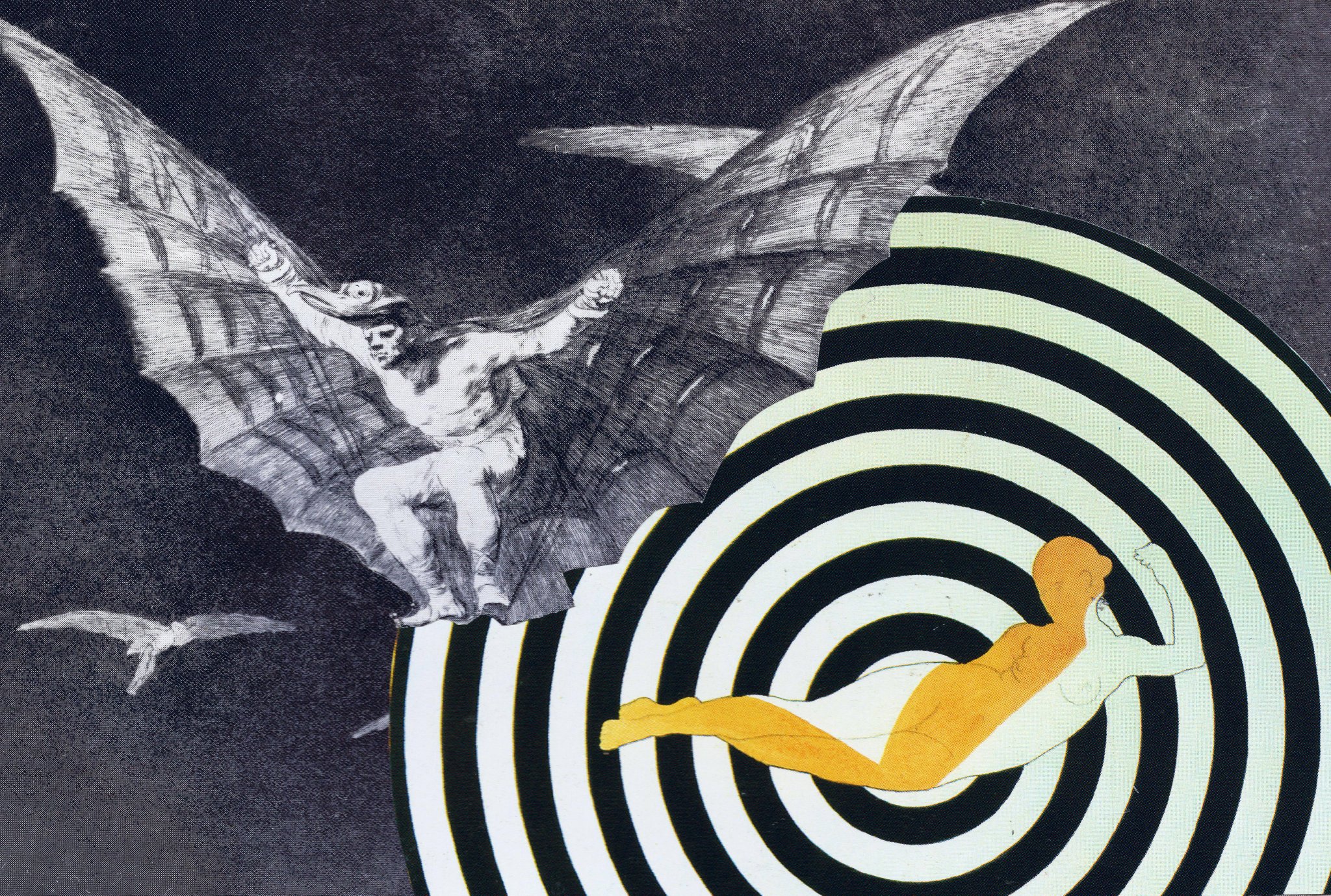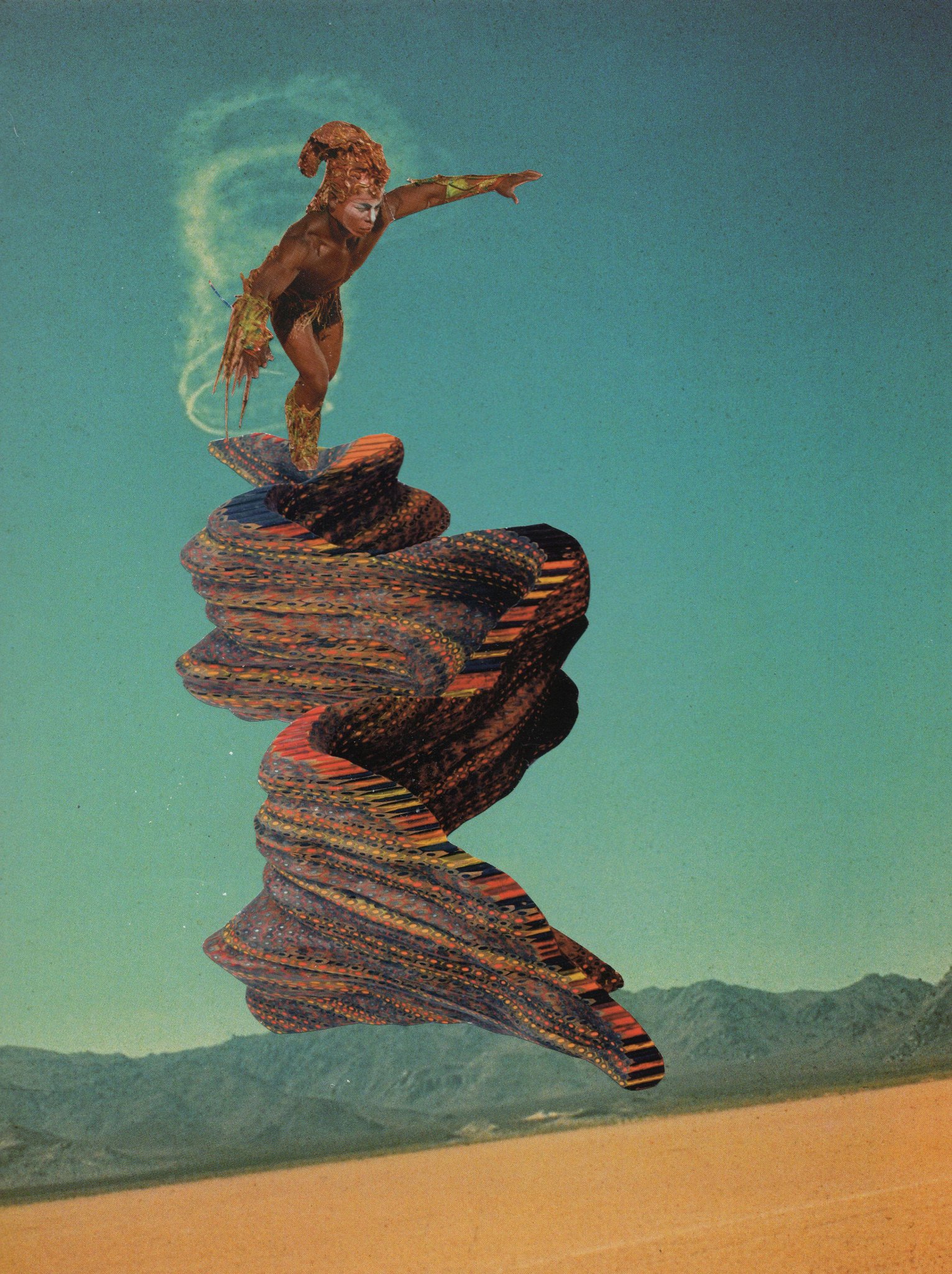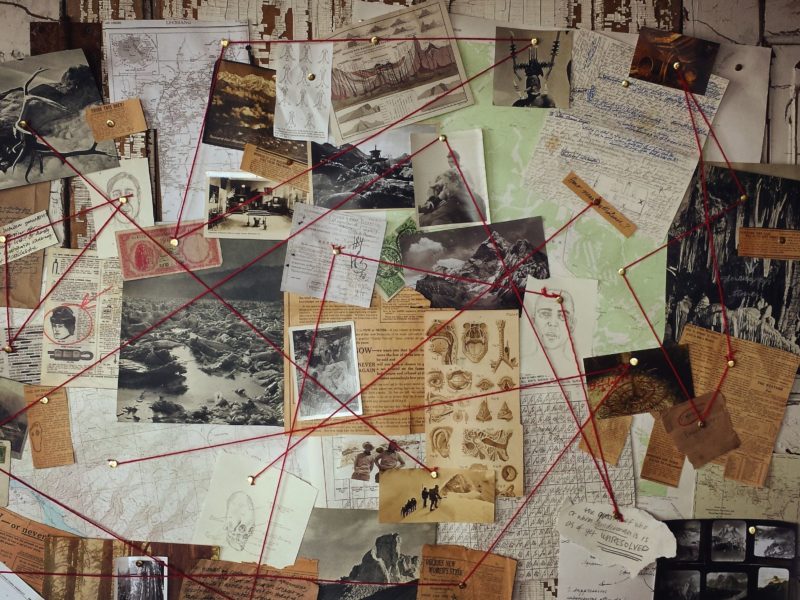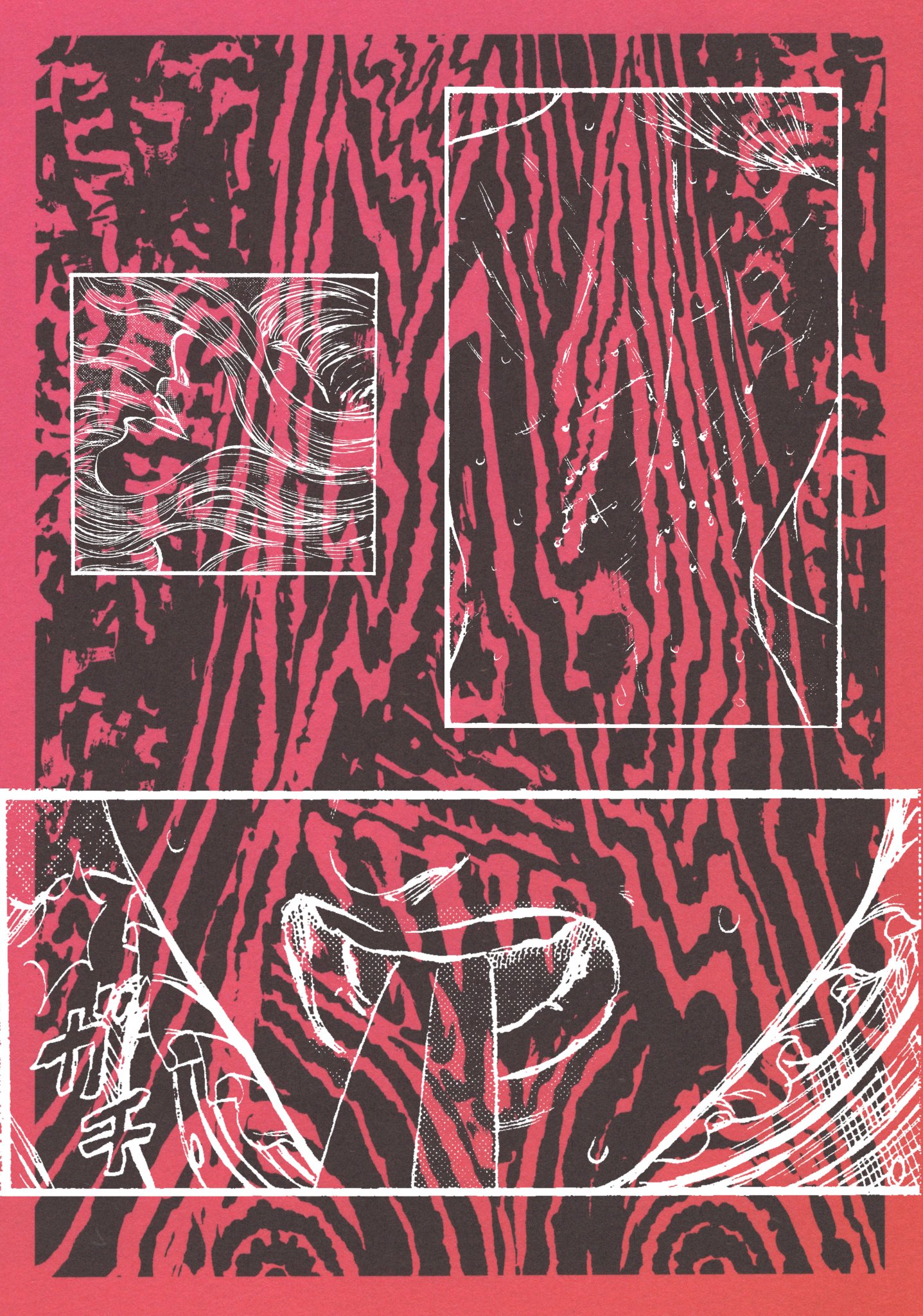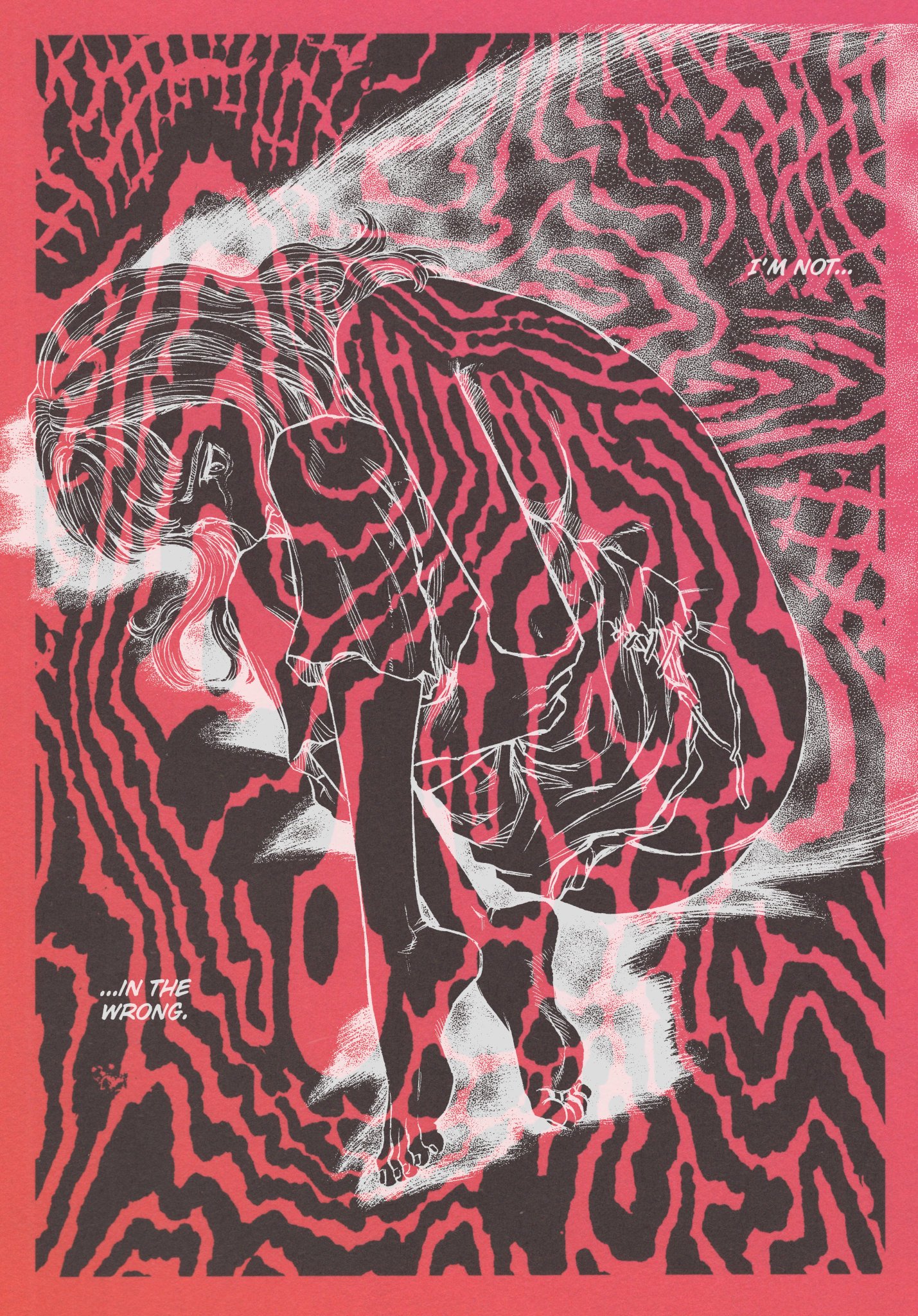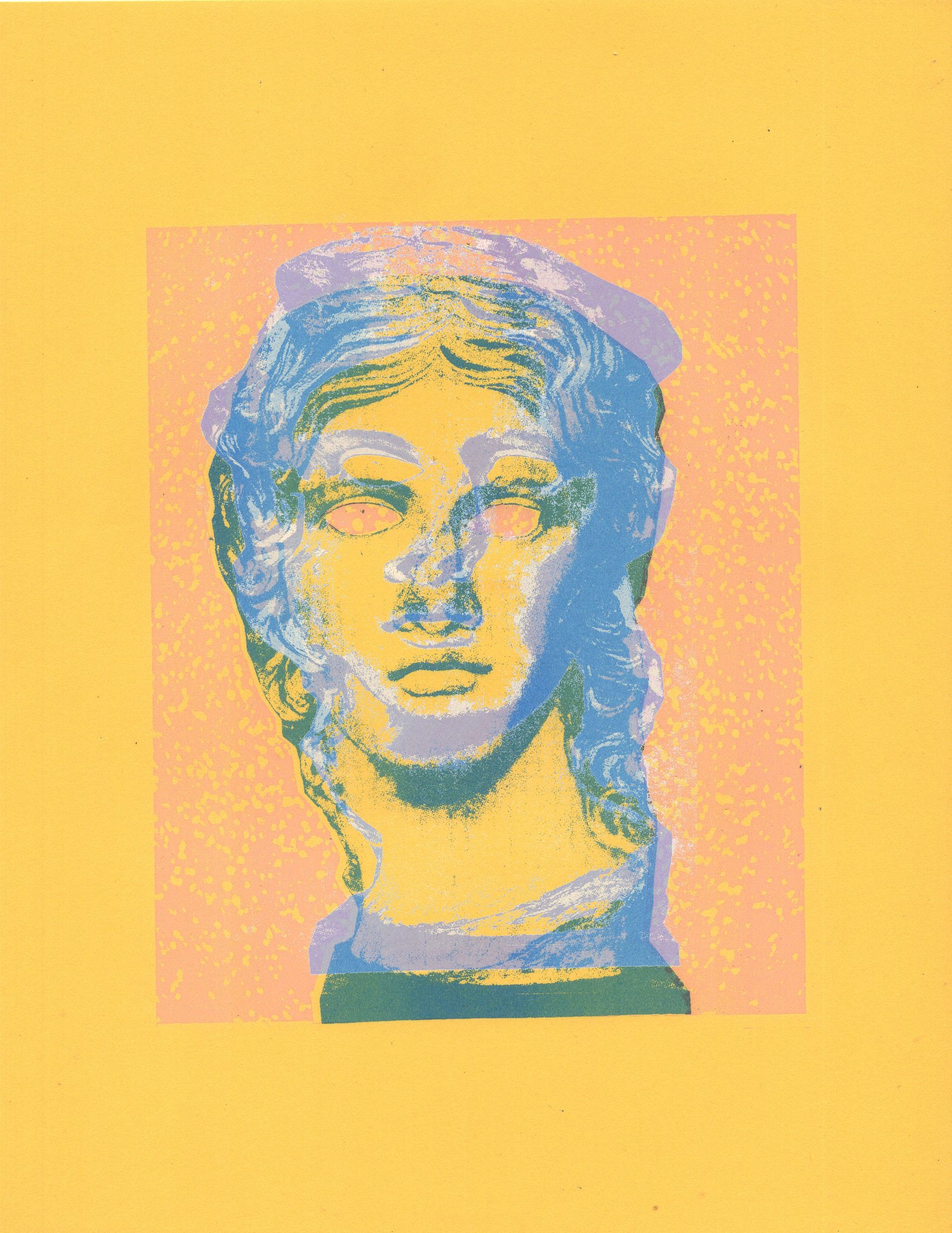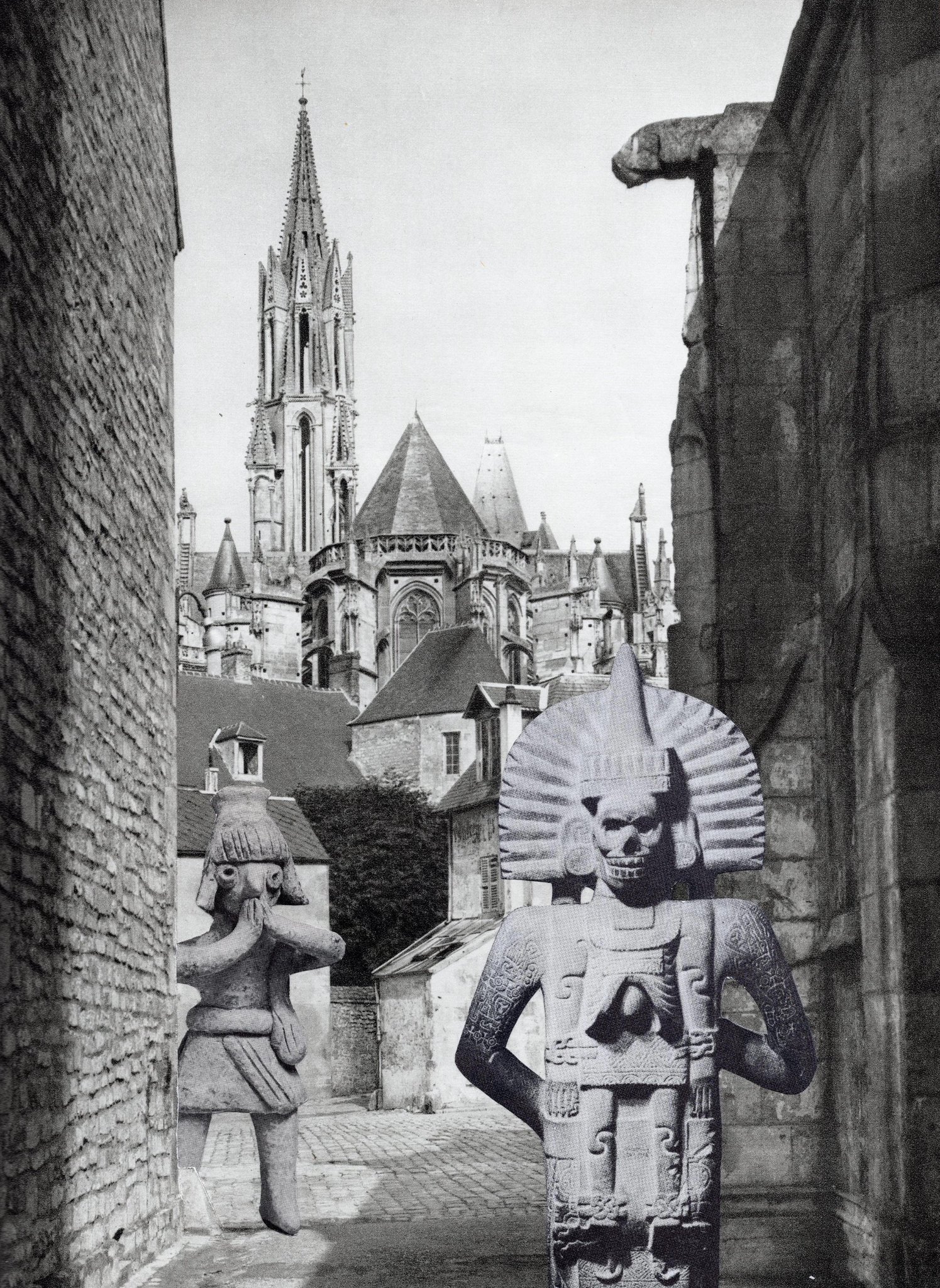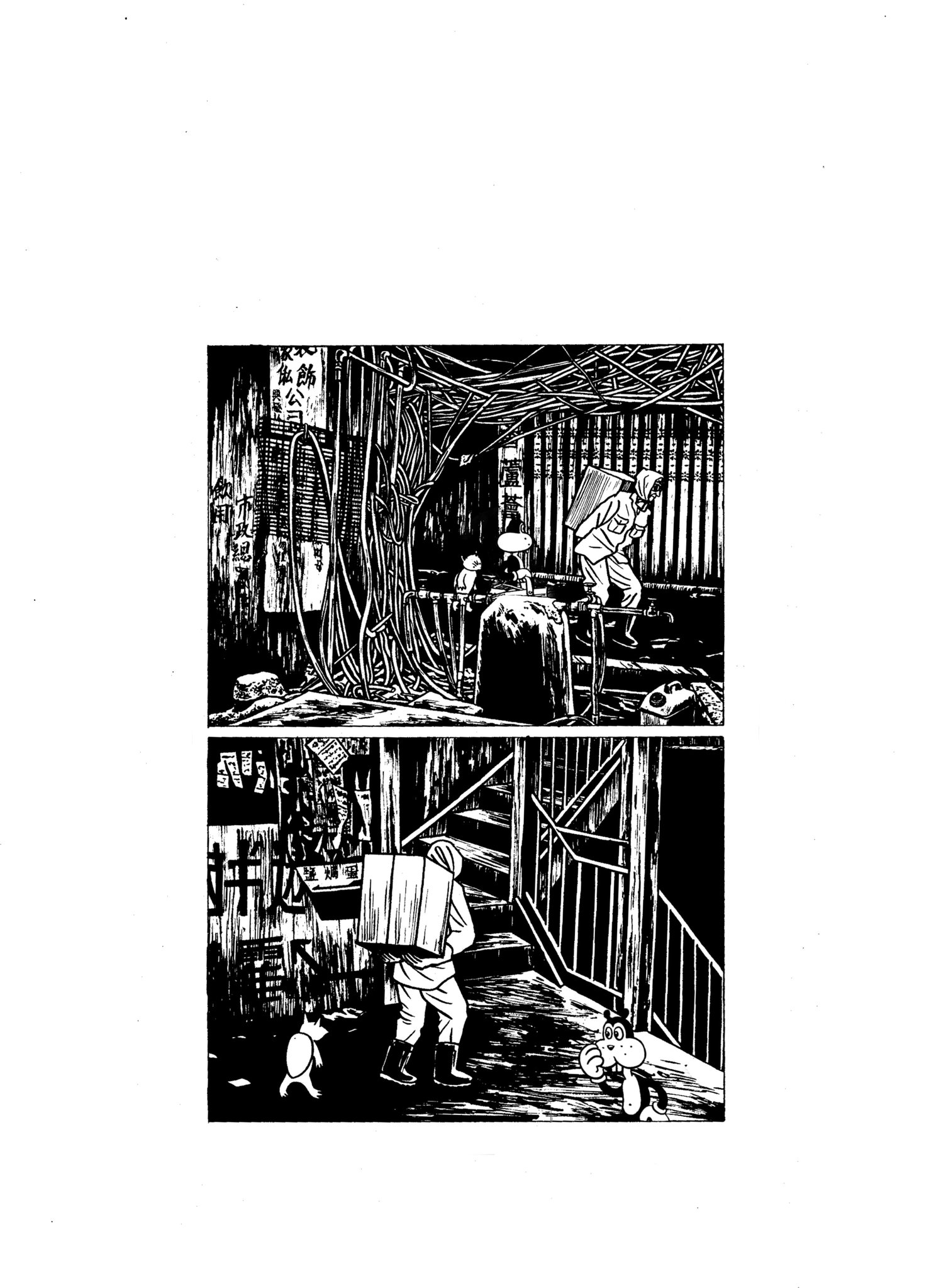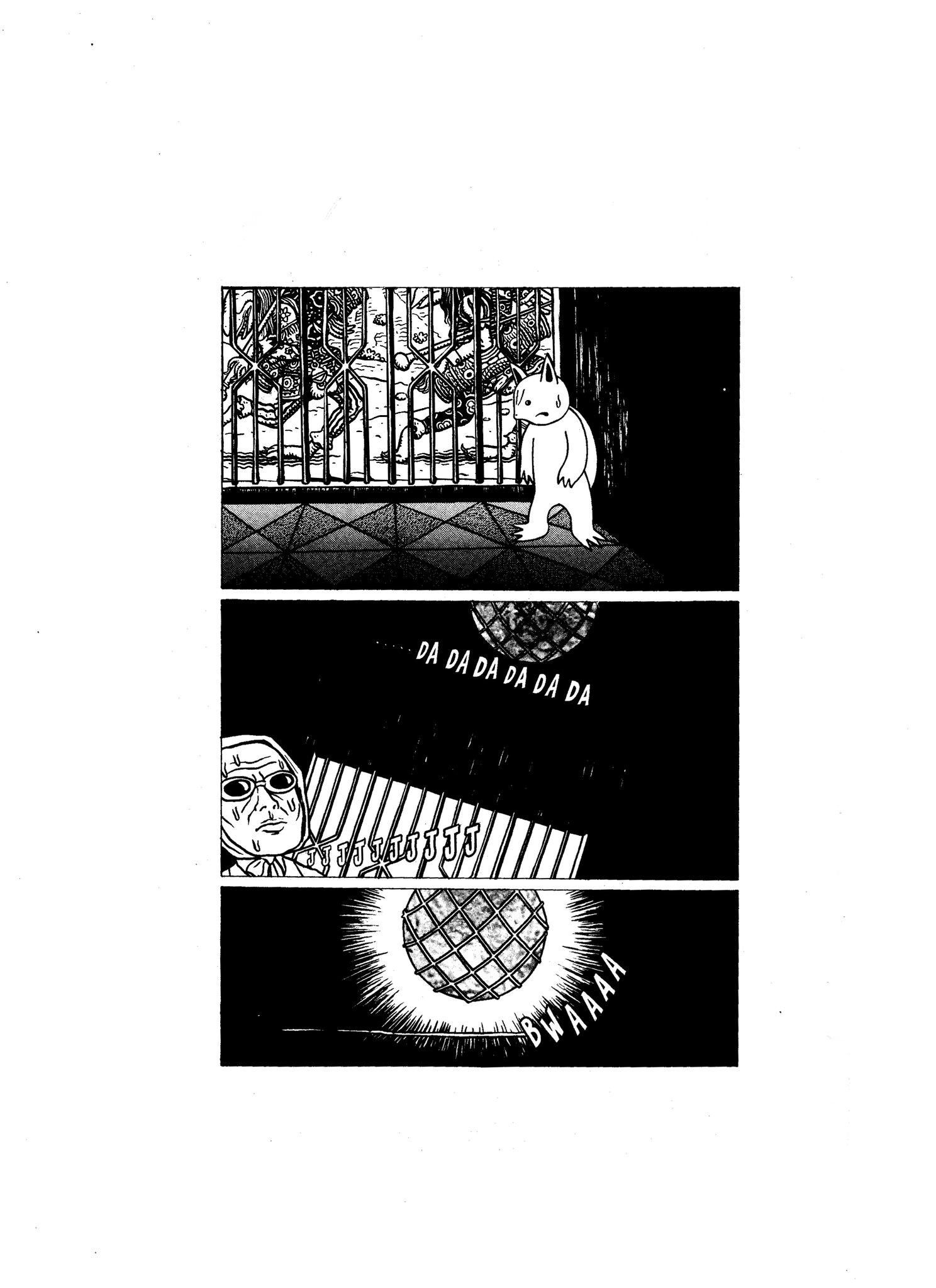Thread
I typically don't share WORDS here but some folks like @antiquefuture and @skyenicolas and, in particular, a conversation with @HPLoveBux, prompted me to share more of my thoughts on what I post and on my own art.
First, I'll go over inspiration and nostalgia.
First, I'll go over inspiration and nostalgia.
Henry Darger, Jim Shooter, and Raymond Roussel are the anchors of my practice which is fundamentally narrative rather than purely visual. What ties them together are the ways they deal with and expand their narrative mediums through a maximal use of constraints.
Their stories are almost inhuman in terms of scale and mechanics. I don’t want to reproduce their stories but I want access to their wildness and dissonance.
My constraints center on the disparateness of source material and what I consider visual “compatibility” or lack thereof, with a goal to produce something narratively cohesive. Or more specifically, a prompt something cohesive.
On nostalgia, I don’t consider my art nostalgic as may be assumed based on my use of trash culture like ads & old comics. I see potency in that type of fantasy material, full of familiar symbols and stories, and in the examples that step beyond the familiar and into the strange.
I also see an aliveness in old things, the contours of meaning made sharper as symbols and styles clash with current or other modes.
I think of The Book of the New Sun, where Gene Wolfe folds in archaic words rather than neologisms to describe the strange things in his novel’s far future (and even things familiar to us readers).
And old things can also be pleasurable. I think of Tarantino’s use of genre, which affords a viewer anticipation that is paid off with his flourishes. When it works it can feel like dancing to a favorite song. It can feel like a good rhyme.
But why tell stories through collage?
For context, I have a long-standing collage project (over 15 years?), hundreds of pages across several books. In it I am pulling together a far future story of a terraformed moon abandoned by earth. FANCY! DEPRESSING!
For context, I have a long-standing collage project (over 15 years?), hundreds of pages across several books. In it I am pulling together a far future story of a terraformed moon abandoned by earth. FANCY! DEPRESSING!
In it I play with history, media, technology, varieties of immortality, clones, robots, basically lots of fun scifi stuff. I’ve shared some pieces from project but mostly my minted works are studies of different techniques. I will likely never share this work in its entirety. 🙃
For me, this collage work is largely a mechanism to feed my curiosity. I want to feed my curiosity so it grows, not necessarily to satisfy it. Collage forces me to hunt. It forces me to consume and to synthesize. And then I have to start again.
Given the disparateness of sources and content and my search for visual “compatibilities”, I may behave more like a conspiracy theorist than a writer. In the end, though I’m feeding curiosity rather than paranoia.
Currently, my work lives on a spectrum with more “graphical” intentions on one end and more fully narrative intentions on the other.
On the graphical end, my latest work, while using panels from comics, the atomic unit of narrative in comics, takes the panels out of context and specifically out of a sequence.
In an attempt to return some of the meaning I’ve taken away, I've used two straightforward and complementary effects - inverting black to white, and transparency.
The inversion of black to white signals an inversion of internal rather than external experience, combined with transparency, the backgrounds piercing through what are solid figures in the source material, creates a greater sense of an internal intensity being externalized.
The work is closer in form to my Risograph “glitch” work than my other comics work. In the glitch work, through image placement, movement, & repetition, I attempt to manipulate a figure empty of narrative to communicate emotions or almost social situations, like "Zoning Out".
With the first works I minted, I was operating in the narrative mode of world building. In these collages I attempted to create a sense of human scale and liveliness with small religious statues and fetishes. The entire set can give a sense of a possible world.
Further on the narrative spectrum, “Weathercraft in Japan” anchored on visual compatibility and applied the most pressure on narrative by using entire pages of comics while also omitting the majority of the pages.
The effect, for me, was to produce almost the opposite of a collage, in that the imagery should operate seamlessly and mostly in your imagination, rather than on the page. I’m not clear that I’ve succeeded but it has been one of my strongest attempts.
That's as far as I want to explain my work for now 😆Does this seem overly involved? Probably. Is it worth it? I don’t know. Is this at all unique? Maybe. It is at least personal and it’s good enough for me. I hope this was interesting to some of you! Please don't unfollow me 😜

